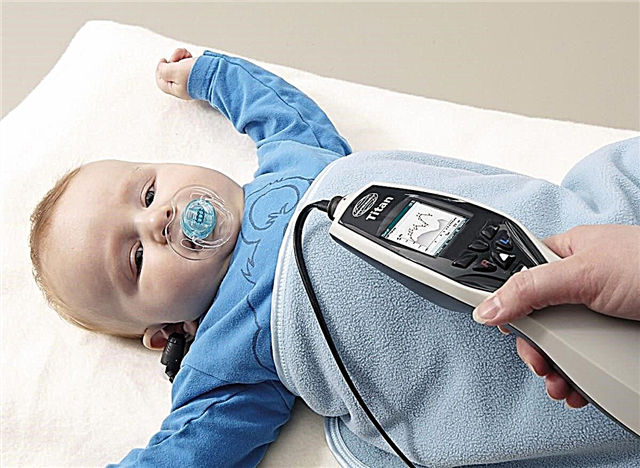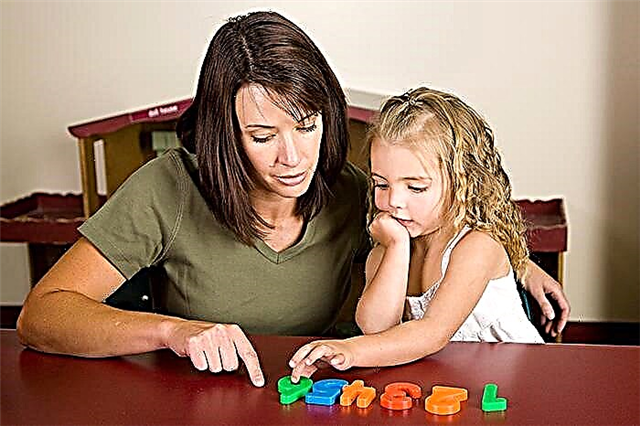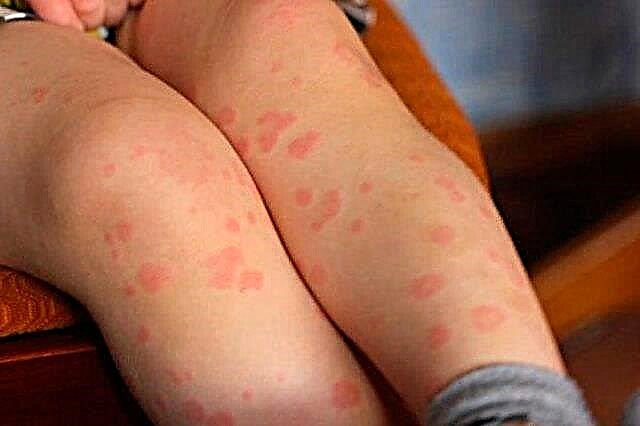Infant stools can say a lot about a baby's condition. Do not make your own diagnoses and panic with any changes. Green stools are not always a sign of pathological processes. It is necessary to evaluate it in conjunction with other symptoms, it is better for a pediatrician to do this. The baby's well-being should tell you if he is healthy or needs treatment.

Calm baby
Features of the gastrointestinal tract in a newborn
The digestive system in infants is not fully formed:
- The stomach is very small, on the first day it contains about 10 milliliters of milk, after a week its volume increases almost 10 times. It continues to increase gradually every month;
- The intestines are quite long, especially when viewed in relation to body size;
- The esophagus, on the other hand, is short, and the muscle that controls food entering the stomach is weak. Therefore, when overeating, the baby spits up.
Due to the imperfection of the baby's gastrointestinal tract, colic, stool disorder, diarrhea and constipation occur. The baby reacts to discomfort with crying and anxiety. Usually everything returns to normal by 4 months. The child adapts to the new world, his digestive system adapts to food.
Breastfeeding chair
The stool of a bottle-fed baby differs from the stool of a baby who feeds on mother's milk. Only a child who is born poops up to 6 times a day. After a while, the stool of a bottle-fed baby becomes regular, usually observed once a day. It is straw yellow or pale orange, and may have a slightly greenish tint. The consistency is dense, reminiscent of putty. While breastfeeding it is mushy, this is considered the norm.
If the stool turns bright yellow, reddish-orange, and green, it is worth consulting your pediatrician. This may be a variant of the norm or a symptom of pathological processes in digestion. Black stools and the presence of blood streaks or clots are considered dangerous.
Note! White blotches are allowed, but small curdled pieces. This means that the baby cannot cope with the mixture in such quantities, or it does not suit him. Perhaps the parents do not dilute it well with water, do not mix thoroughly, or do not observe the recommended proportions.
Stool odor is quite pronounced, but not sour and putrid. If it becomes unpleasant, liquid, and foam appears, you need to see a doctor.
Baby green stool
Green stools in babies are not always fraught with danger. Komarovsky believes that parents pay excessive attention to the sight of children's poop. Declares that the main thing is that there should be no blood and a noticeable smell of rot. If there are no such symptoms, the child is cheerful, active, and his weight is growing, there is usually no cause for concern. If his temperature rises, the baby constantly cries, does not sleep well and refuses to eat, medical attention is required.

Restless newborn
Why does bottle-fed infants have green stools:
- Switching from mother's milk to formula when the digestive system gets used to the new product;
- Introducing the wrong mixture. They are not all of the same composition, so children may react differently to products from other manufacturers. In addition, they differ in age. At the same time, the ratio of nutrients and trace elements changes. Their required number is determined by average indicators;
Don't forget! Babies develop individually, just like the digestive system. What is right for one infant may not necessarily be well learned by another. There are mixtures that contain more iron, which can also affect the color of the stool.
- Reproduction of harmful bacteria, dysbiosis;
- Development of infectious viral diseases, which can only be diagnosed by a specialist after additional examination;
- Removal from the body of bilirubin - bile pigment. It is formed when hemoglobin breaks down, which often has a high value in crumbs that have just been born. This is especially true for babies with diagnosed neonatal jaundice. Bilirubin stains the stool green. This is a natural process, you should not be afraid of it.

Jaundice of newborns
Note! If the green stool was observed once, and then everything returned to normal, do not panic. When the condition worsens, while the child is whiny and restless, it is worth calling a pediatrician.
What does the color of feces mean?
The color of the stool can be used to assess the condition of the baby. One indicator is not diagnosed. It is necessary to pay attention to the consistency, smell, blotches and the baby's well-being.
Greenish
Greenish stools can be a normal option, especially if at this time the baby has changed the formula, or he tried a new product. If this is the only thing that has changed in recent days, and there are no other symptoms, then there is no need to worry. It is necessary to watch the crumb.
Green
Green stool in the absence of other pathologies occurs as a reaction to the mixture. It is not identical in composition to breast milk. For example, it contains more iron and proteins. It is to them that the newborn's body reacts by changing the color of the stool. Also, with constipation, green stools appear when feces remain in the intestines for a long time.
The fact that a child has problems with defecation is easy to determine:
- The appearance of stools changes, they are hard, consist of separate pieces, usually balls;
- The chair is absent for more than a day. If in children on gv it is allowed to delay bowel movements for up to a week, then "artificial" poop every day, at approximately the same time;
- When the baby poops, he screams, may turn red due to the exerted effort.

Baby cry
Dark green
Dark green, almost black stools occur in the first days after birth. It does not depend on the nutrition of the child. This is meconium, which was formed during intrauterine life, it was formed from epithelial cells, mucus, hair, bile. It is often compared to engine oil or resin, and is practically odorless. Previously, it was considered sterile, but later it was proved that it contains bacteria. They form in a child when he is still in the womb. After a couple of weeks, the feces will cease to be so sticky and brighten. This is a transitional stool that will last for 7-14 days. It can also be described as dark green.
Swamp
The green-brown color is also usually not a cause for concern. This is the norm for artificial children. The feces may be peanut butter-colored, yellow-brown, or marsh.
Is green stool normal
Green feces in bottle-fed babies are not considered a pathology if the child does not suffer. When his behavior and well-being do not change, there is no need to panic. It should be alerted that the baby is not the same as usual. An attentive mother will immediately notice changes in the baby's behavior, perhaps he has become less active or more moody, cries more often and presses his legs to his stomach.
Note! If green stools persist for a long time, this may be a signal that you need to change the mixture. It is necessary to cancel the mixture and introduce a new one gradually.
A similar color appears at the start of complementary foods when green vegetables such as squash or broccoli are introduced. This is how the body reacts to new foods. In this case, everything will quickly return to normal and the green tint will disappear.

Stool Color Changing Dish
If the baby is taking any medications, you should make sure that there are no such symptoms in the side effects. Then stop giving medications and replace them with others. This should be done after talking with the pediatrician. After examination, the doctor will select the appropriate medicine.
Remember! The stool of formula fed babies cannot be compared to the stool of breastfed babies. It differs in consistency, odor and color.
If the condition is alarming and different from usual, you should see a doctor. He will determine if this is the norm or is considered a pathology. If necessary, the pediatrician will prescribe additional examinations and tests.
When you need a doctor's help
When at least one of the following symptoms is added to changes in stool color, consultation with a specialist is required:
- An unpleasant strong putrid odor appears;
- Traces of blood are visible;
- In feces, particles are clearly visible, the origin of which is not clear;
- The color becomes darker, closer to black. In this case, the child is more than 2 weeks old;
- Rashes appear on the skin;
- Fever rises, other signs of a cold or virus are observed;
- The consistency of the stool changes, it becomes liquid, foam appears, diarrhea begins. There are more than 6 bowel movements per day, while usually a child poops once a day;
- The infant vomits or vomits frequently and profusely. It is dangerous if this happens in a fountain, especially more often than once a day, this is when the child regurgitates everything that he ate in the last meal;
- The baby cries and screams without ceasing. The cause of the disorder cannot be established;
- The baby's sleep becomes intermittent and restless. He often wakes up in tears, it is hard to calm him down.
If green feces are the only symptom, the child eats with appetite, smiles, does not cry and gains weight, then it is worth waiting a little. It usually returns to normal within a few days.
Green stools in bottle-fed babies are not necessarily a cause for concern. It is worth observing the crumbs and, if other alarming symptoms appear, consult a pediatrician. There is no need to self-medicate and panic - perhaps this is another stage of adaptation to new food for the baby.



